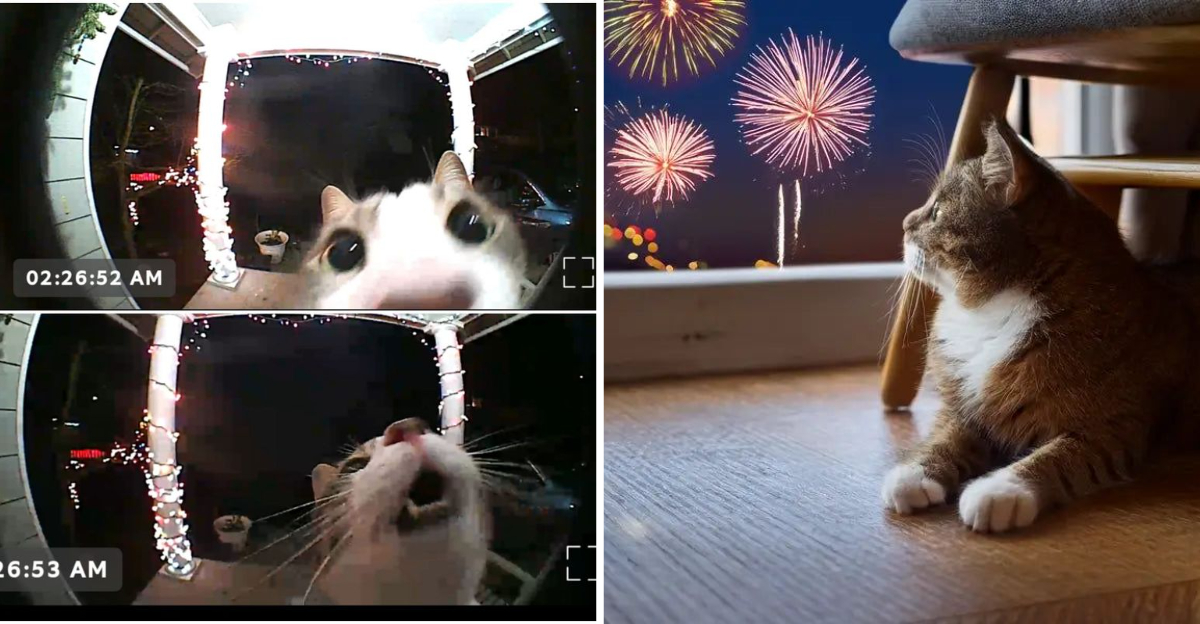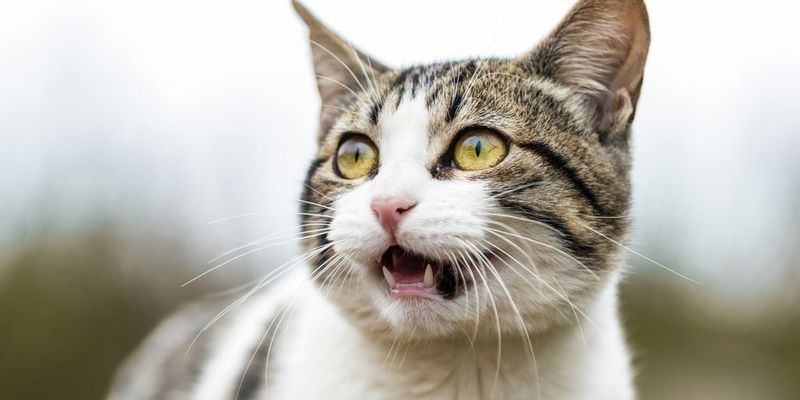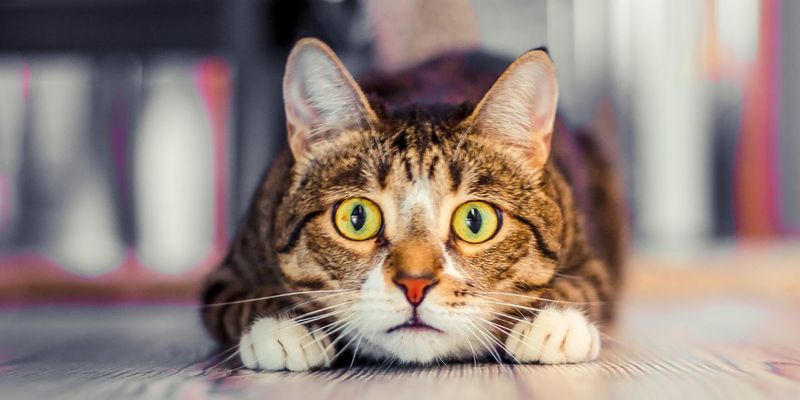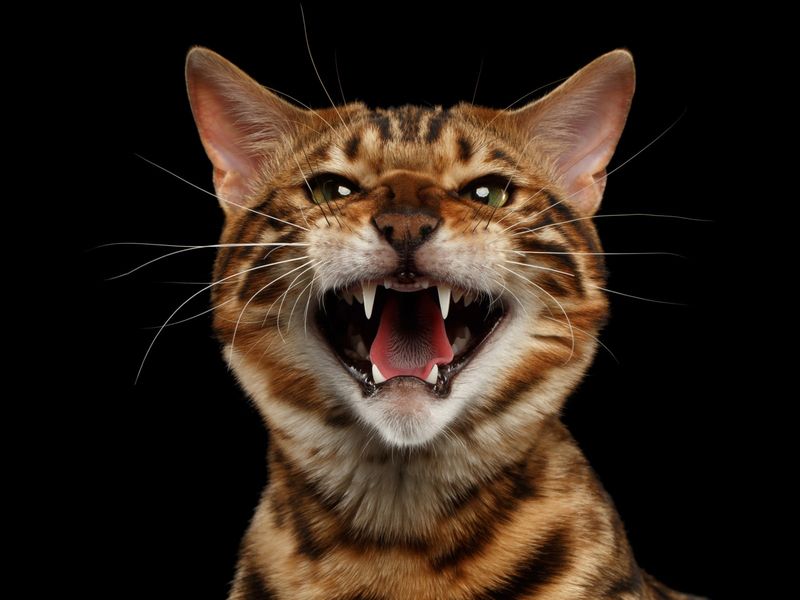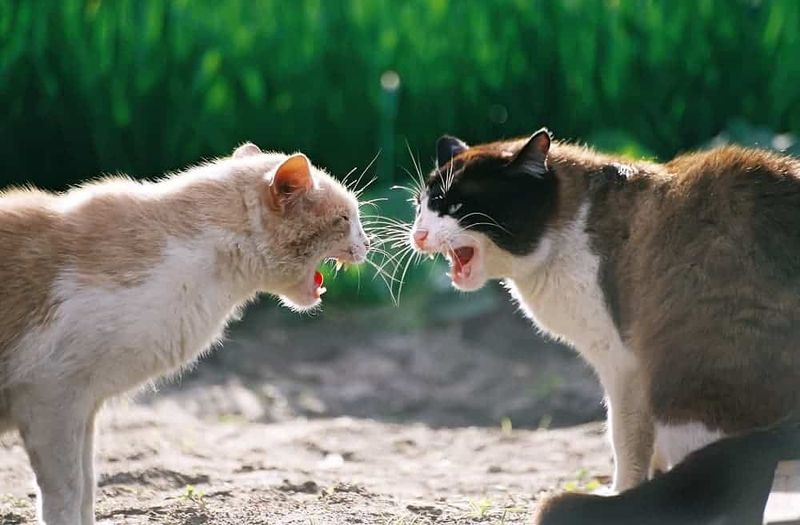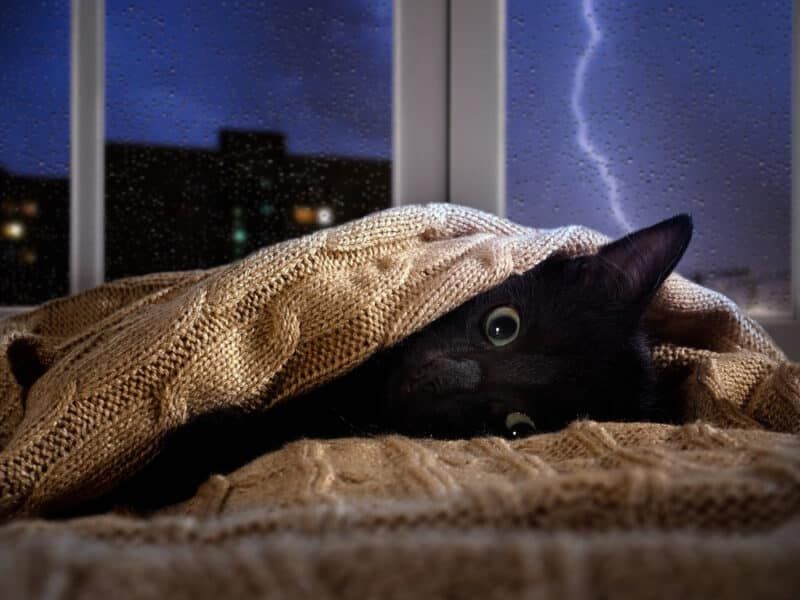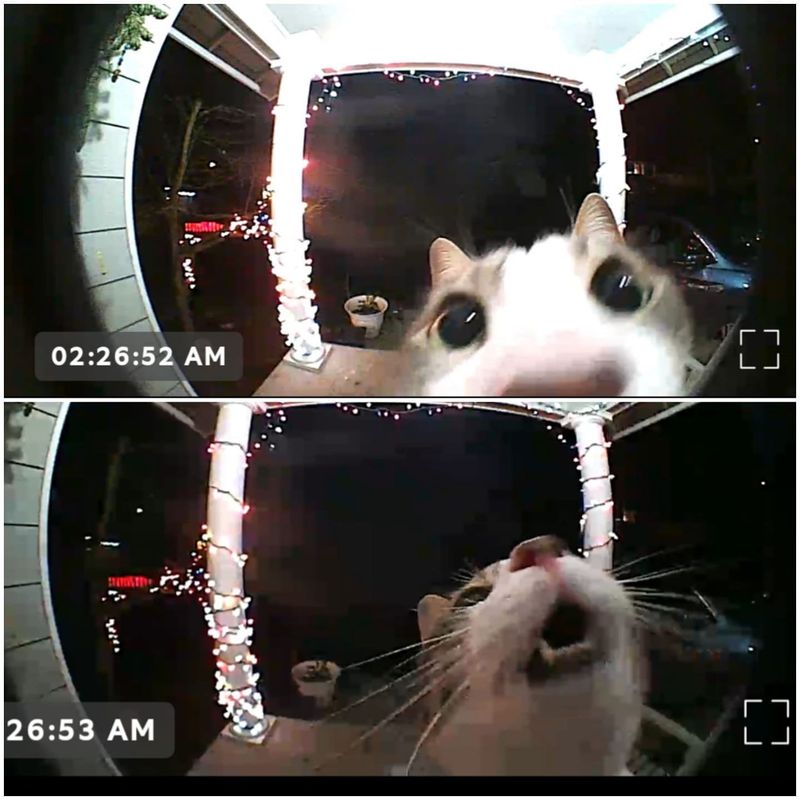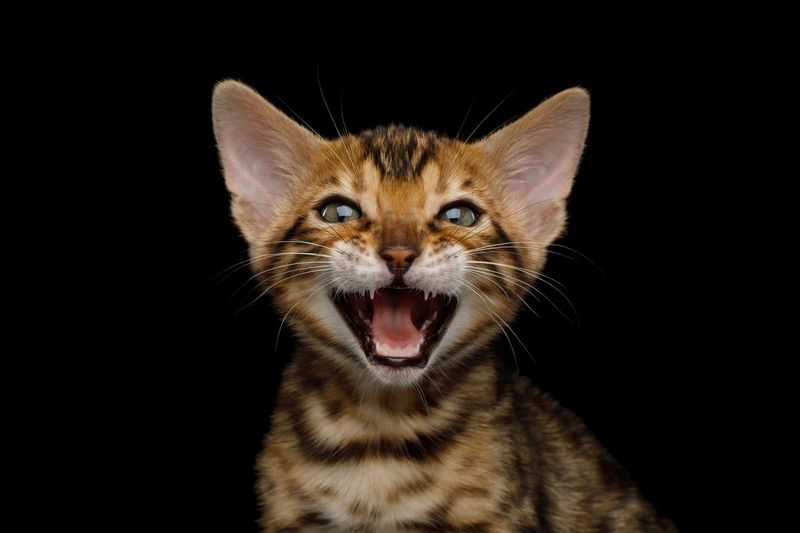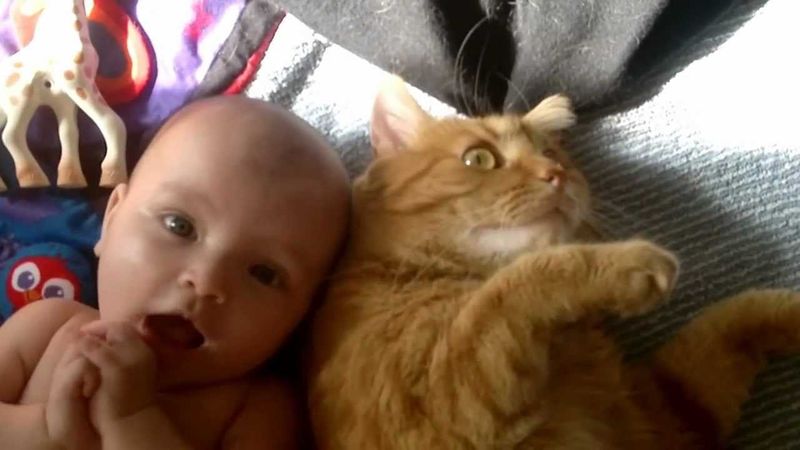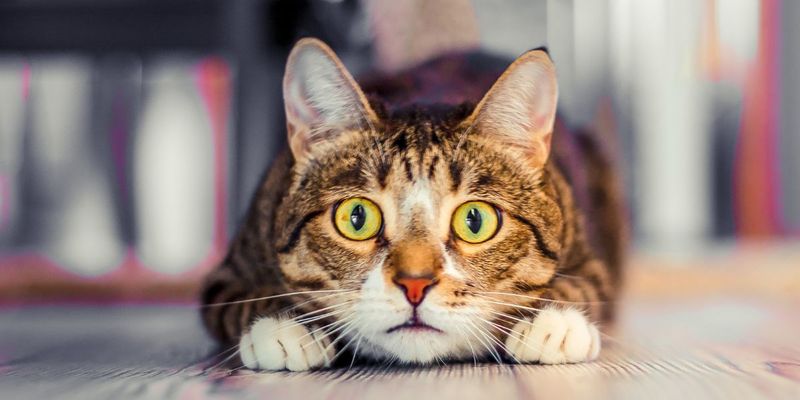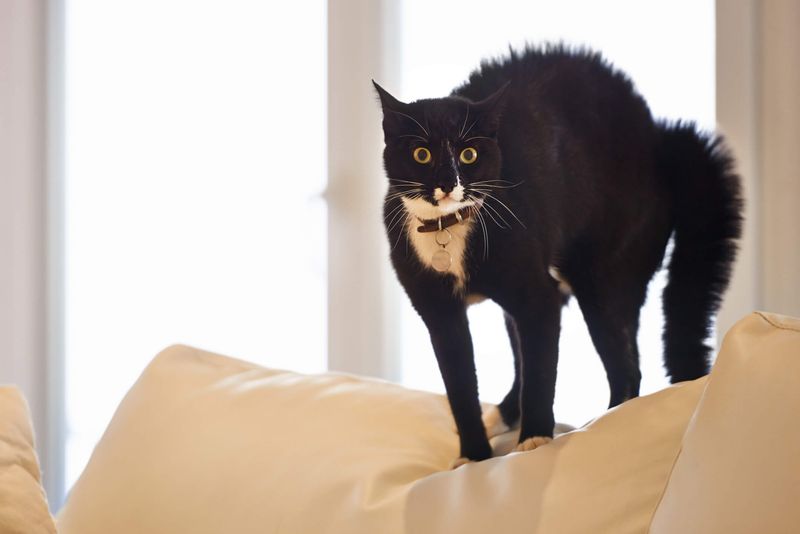📖 Table of Content:
- 1. Sudden Loud Noises
- 2. Vacuum Cleaners
- 3. High-Pitched Noises
- 4. Hissing or Spitting Sounds
- 5. Angry Human Voices
- 6. Other Cats Yowling
- 7. Thunderstorms
- 8. Fireworks
- 9. Plastic Bags Rustling
- 10. Doorbells and Knocking
- 11. Clapping or Snapping Fingers
- 12. Crying Babies
- 13. Electronic Beeps and Alarms
- 14. Metallic Clanging or Clattering
Cats possess an acute sense of hearing, enabling them to detect a wide range of frequencies, including those beyond human perception. This heightened sensitivity means that certain sounds can trigger stress, anxiety, or even aggressive behavior in felines. Understanding these auditory triggers is essential for creating a comfortable environment for your cat.
1. Sudden Loud Noises
Imagine the abrupt sound of a door slamming or a pan tumbling to the floor. Such unexpected noises can jolt a cat, activating their survival instincts. Cats may see these sounds as immediate threats, prompting defensive behaviors such as hissing or swatting. This reaction is deeply rooted in their need to protect themselves from potential dangers. Therefore, minimizing sudden loud noises can help maintain a calm environment. These noises mirror natural threats in a cat’s life, triggering an innate response to defend their territory, similar to how they would in the wild.
2. Vacuum Cleaners
The roar of a vacuum cleaner can be terrifying for many cats, often sending them diving for cover. This loud, continuous noise can mimic the growls of large predators, putting cats on high alert. Their acute hearing picks up these frequencies, interpreting them as potential dangers. Interestingly, some cats might even attack the vacuum, perceiving it as an intruder. Understanding a cat’s perception of such sounds helps in managing their stress. Offering a safe retreat or gradually acclimating them to the noise can reduce their anxiety, ensuring peace during cleaning sessions.
3. High-Pitched Noises
High-pitched sounds can be particularly unsettling for cats, given their ability to hear at higher frequencies than humans. From the screech of brakes to electronic beepings or even a baby’s cry, these noises can induce discomfort and anxiety. To a cat, such sounds may resemble the cries of distressed prey or fellow cats, sparking unease or defensive behaviors. They might react by retreating or displaying aggression as a means of self-protection. Managing the exposure to these sounds can be crucial. Providing a quiet, safe space can help in alleviating their stress response.
4. Hissing or Spitting Sounds
Hissing and spitting sounds are universally recognized as hostile by cats, even if they’re just recordings. Such noises signal aggression and danger in the feline world. When a cat hears these sounds, it may instinctively prepare for confrontation, adopting a defensive stance. This response is part of their natural survival tactic. Cats often associate these noises with other aggressive animals, triggering a protective mechanism. To minimize stress, avoid exposing cats to these triggering sounds unnecessarily. Recognizing these cues aids in understanding feline behavior and promoting a stress-free environment.
5. Angry Human Voices
Cats are highly attuned to human emotions, and the tone of a voice can significantly affect them. When humans raise their voices in anger, cats may perceive this as a direct threat. This can lead to defensive aggression, as they struggle to comprehend the intent behind the sound. Loud arguments or harsh tones can unsettle a cat, causing anxiety or fear. By maintaining a calm and gentle tone, cat owners can help create a more harmonious environment. Understanding the impact of vocal tones on cats is crucial in fostering peaceful coexistence.
6. Other Cats Yowling
The eerie sound of another cat yowling can trigger territorial and defensive instincts in your feline friend. To a cat, yowling signifies a nearby challenger or threat to their established territory. This may lead to heightened anxiety or aggressive behaviors as they prepare to defend their space. Such interactions are deeply embedded in a cat’s social dynamics. By understanding these cues, owners can better manage encounters with stray or neighboring cats, reducing stress. Ensuring that your cat feels secure in their home environment can mitigate the impact of these external sounds.
7. Thunderstorms
Thunderstorms bring with them a cacophony of sounds that can be distressing for cats. The rumble of thunder and flashes of lightning create an atmosphere of chaos, making cats feel vulnerable. This sensory overload can trigger a fight-or-flight response in them. They may hide, display aggression, or become unusually clingy. Providing a safe hiding spot and comforting presence can help ease their anxiety during storms. Understanding that a cat’s reaction is instinctual allows owners to better support them during these natural events, ensuring their comfort and security in a storm-prone area.
8. Fireworks
Fireworks, with their explosive sounds and bright flashes, can be terrifying for cats. These noises are unexpected and loud, closely resembling the sounds of predators or natural disasters. Such overwhelming stimuli can induce panic, causing cats to seek refuge. They may become aggressive as a defensive response to the perceived threat. Keeping cats indoors and providing a quiet, secure area during fireworks can help reduce their stress. Understanding their reactions to these noises helps in creating a comforting environment. Noise-cancelling devices or soothing music might also aid in calming them.
9. Plastic Bags Rustling
The sharp, crinkling sound of a plastic bag can be unnerving for cats. This noise mimics predators rustling through leaves or grass, triggering an instinctual defensive reaction. Cats may become anxious or attempt to investigate the source of the noise cautiously. This behavior is a remnant of their wild ancestors’ survival tactics. Reducing the frequency of these sounds or associating them with positive experiences, like treats, can help alleviate their anxiety. Understanding this sensitivity ensures a more relaxed atmosphere for your feline companion, enhancing their comfort in a shared living space.
10. Doorbells and Knocking
For many cats, the sound of a doorbell or knocking is akin to an intruder alert, signaling an unexpected visitor. This can prompt territorial or protective behaviors as they prepare to confront the unknown. Cats may react by puffing up, hissing, or exhibiting aggression to assert dominance. Familiarizing them with these sounds in a controlled manner can help reduce anxiety. Knowing that these reactions are based on their instincts allows owners to create a welcoming environment for both cats and guests. Providing a safe retreat during such events can further comfort them.
11. Clapping or Snapping Fingers
Clapping or snapping fingers might be intended to grab a cat’s attention, but it often has the opposite effect. These abrupt sounds can startle cats, making them feel threatened. To a cat, such noises might resemble warning signals or threats from their environment. This can lead to an instinctual defensive stance, causing stress or aggression. Understanding this sensitivity encourages more gentle methods of interaction. By opting for softer, calming sounds, cat owners can communicate more effectively while ensuring their pet’s comfort and well-being, fostering a nurturing relationship.
12. Crying Babies
A baby’s cry, though innocent, can be unsettling for cats. The high-pitched, repetitive nature of the sound resembles distress calls from kittens or prey, triggering confusion and alertness in cats. This may lead to anxiety or aggressive behaviors as they try to decipher the sound’s intent. Understanding this response can help create a peaceful coexistence between cats and infants. Gradual exposure and positive reinforcement can assist cats in adjusting to these new family dynamics. Providing a quiet refuge for the cat during such times can alleviate stress, ensuring harmony at home.
13. Electronic Beeps and Alarms
The high-pitched beeps from alarms, microwaves, or smoke detectors can be startling for cats. These sounds often signal danger in a cat’s mind, triggering frantic or defensive reactions. Cats may respond by hiding or pacing nervously, reflecting their unease. To minimize stress, consider reducing exposure to these noises or associating them with positive experiences. Understanding the impact of these sounds on cats is essential in maintaining a peaceful environment. Calming their surroundings with soft music or providing safe spaces can help mitigate their anxiety, fostering a sense of security.
14. Metallic Clanging or Clattering
The sharp, unfamiliar clatter of metal objects, like silverware or pots, can easily unsettle a cat. These sounds are both jarring and unexpected, mirroring potential threats in their natural surroundings. Such noises can induce stress or aggressive behaviors as cats process the situation. Understanding this sensitivity can aid in creating a calmer environment. Gradual exposure or positive association with these sounds can help desensitize cats over time. Ensuring a peaceful atmosphere, free from sudden metallic noises, enhances a cat’s sense of safety and well-being in their home.
